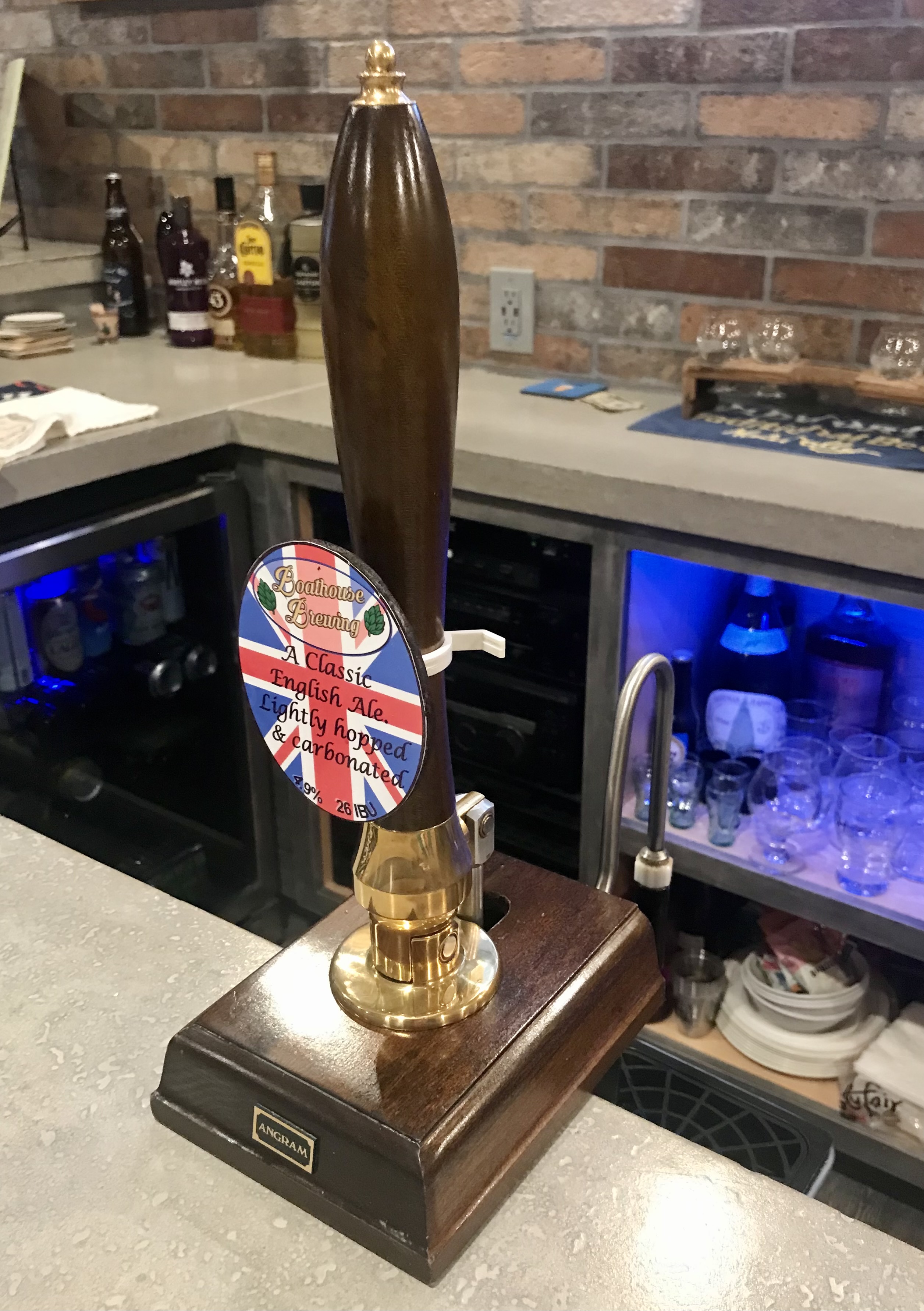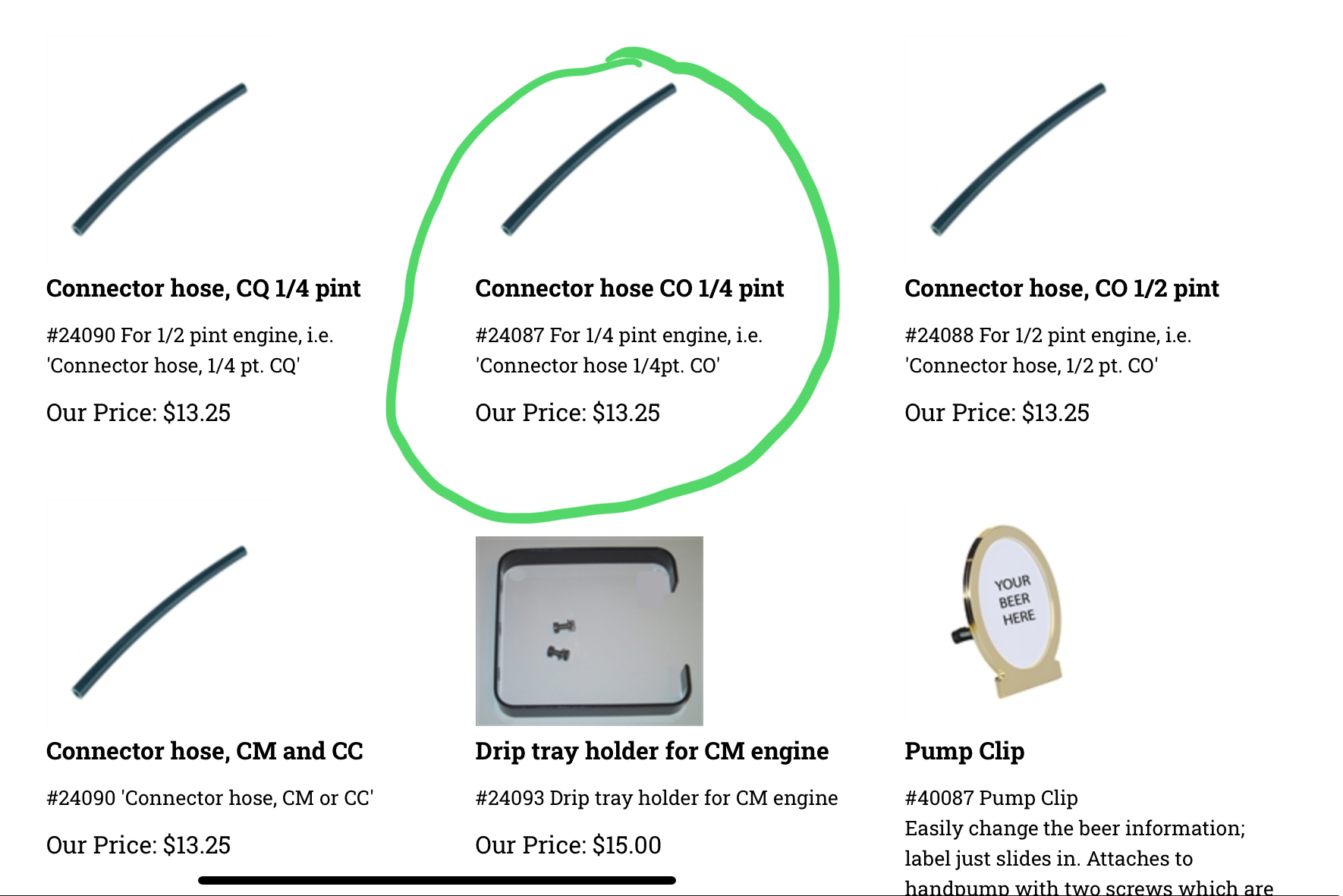I brew a lot of English ales and serve them on my Angram beer engine from a corny equipped with a 'FloatIt' pickup. I have a demand valve that admits CO2 to the keg when beer is drawn and feel that the keg (corny) is at close to atmospheric most of the time. There is no rush of CO2 when the pressure relief is pulled.
This of course means that in all probability, the lid isn't sealed. Has anyone found a way of sealing the lid without using pressure? Maybe a modification to the lid to tighten it down mechanically?
The second question is that I have been carbonating in the fermenter to around 7psi at fermentation temperatures. This equates to around 1.2 volumes of CO2. I then cold crash and do a pressure transfer to the keg. Serving is using a sparkler and the beer looks wonderful with a rich head that lasts. I do feel though that a little more carbonation is needed. When the keg is sitting in the kegerator, there is zero pressure in the headspace so the small amount of carbonation present will disappear in a few days. I am thinking the right strategy is to ferment and transfer to the keg at 1.2-1.5 volumes, serve using the demand valve to admit a very small amount of CO2 when serving, but when I'm not serving, to leave the keg with 2-3psi on it. This should maintain the carbonation level.
What is the experience here with serving English cask ales?

This of course means that in all probability, the lid isn't sealed. Has anyone found a way of sealing the lid without using pressure? Maybe a modification to the lid to tighten it down mechanically?
The second question is that I have been carbonating in the fermenter to around 7psi at fermentation temperatures. This equates to around 1.2 volumes of CO2. I then cold crash and do a pressure transfer to the keg. Serving is using a sparkler and the beer looks wonderful with a rich head that lasts. I do feel though that a little more carbonation is needed. When the keg is sitting in the kegerator, there is zero pressure in the headspace so the small amount of carbonation present will disappear in a few days. I am thinking the right strategy is to ferment and transfer to the keg at 1.2-1.5 volumes, serve using the demand valve to admit a very small amount of CO2 when serving, but when I'm not serving, to leave the keg with 2-3psi on it. This should maintain the carbonation level.
What is the experience here with serving English cask ales?





![Craft A Brew - Safale BE-256 Yeast - Fermentis - Belgian Ale Dry Yeast - For Belgian & Strong Ales - Ingredients for Home Brewing - Beer Making Supplies - [3 Pack]](https://m.media-amazon.com/images/I/51bcKEwQmWL._SL500_.jpg)





















































